Blogging has become an essential tool for businesses looking to enhance their online presence, generate leads, and establish authority in their industry. If you're considering starting a blog, this guide will walk you through the essential steps to launch and maintain a successful blog over a 10-week period.
Introduction
In today's digital landscape, having a blog is not just an option; it's a necessity. Research shows that businesses that blog receive 67% more leads than those that don’t. Additionally, companies that prioritize blogging are 13 times more likely to see a positive ROI. Blogging is cost-effective, requiring mainly your time, and it significantly boosts your website's credibility and SEO.
Week 1: Identify Your Target Persona
The first step in launching a successful blog is understanding your audience. Create a buyer persona, which is a fictional representation of your ideal customer. This persona will help you tailor your content to meet the specific needs and challenges of your audience.
Action Steps:
- Conduct interviews with current customers to gather insights.
- Survey your contacts to understand their roles and challenges.
- Analyze your contacts database for trends.
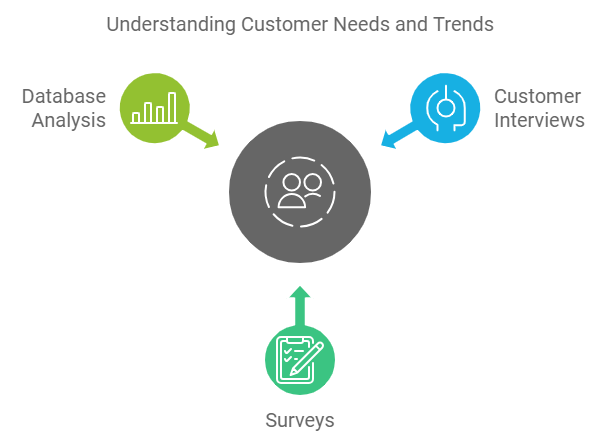
Week 2: Start Building a Bank of Evergreen Content Ideas
With a clear understanding of your target audience, begin brainstorming evergreen content—timeless topics that remain relevant regardless of the season or trends.
Action Steps:
- List potential topics based on your buyer persona's pain points.
- Use keyword research to identify what your audience is searching for.
- Repurpose existing content into blog posts.
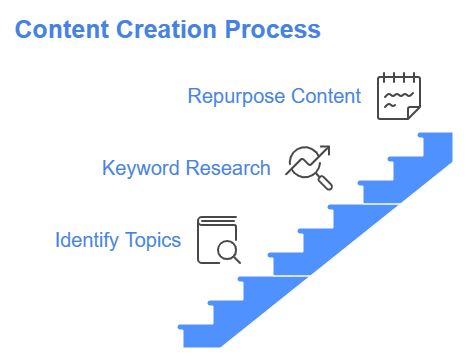
Week 3: Choose the Right Content Management System (CMS)
Selecting an effective CMS is crucial for hosting and managing your blog content. Look for a system that is user-friendly, allows for metrics tracking, and is responsive across devices.
Week 4: Design Your Blog
Once you've chosen a CMS, focus on designing your blog. Ensure it is visually appealing and optimized for lead generation.
Key Design Elements:
- A main blog page with links to recent posts.
- A coherent color scheme that reflects your brand.
- Consistent blog post templates for a uniform reading experience.
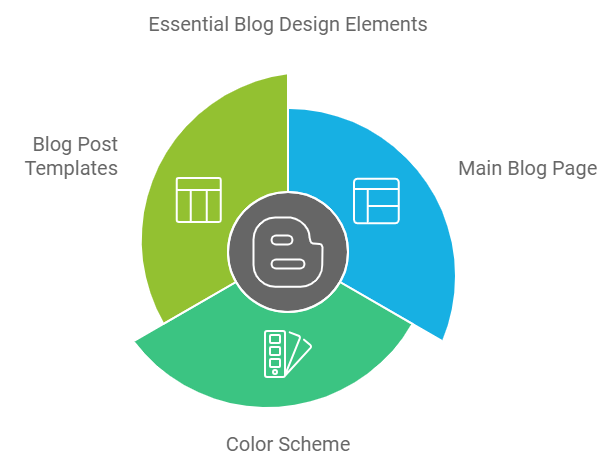
Week 5: Focus on Your Content Strategy
Develop a content strategy that outlines how often you will post and the types of content you will create. Consistency is key to attracting and retaining an audience.
Action Steps:
- Decide on a posting frequency (e.g., daily or weekly).
- Explore various content formats, such as infographics, listicles, and how-to guides.
- Set measurable goals for traffic and engagement.
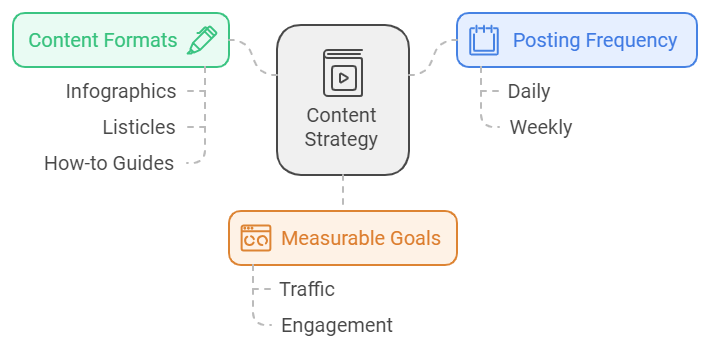
Week 6: Set Up Subscriber Pathways
Encouraging subscriptions is vital for building a loyal audience. Create automated workflows to send subscribers updates about new posts.
Action Steps:
- Set up subscription forms on your blog.
- Schedule regular emails to keep subscribers engaged.
- Clearly communicate the frequency of emails to your audience.
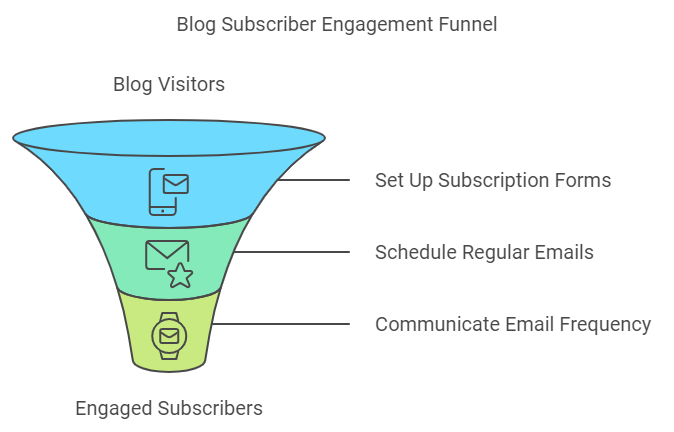
Week 7: Plan for Logistics
Consider the logistical aspects of running your blog, such as social sharing and comment management.
Key Logistics:
- Add social sharing buttons to encourage content sharing.
- Establish a policy for managing comments on your posts.
- Include publishing dates on your blog posts for credibility.
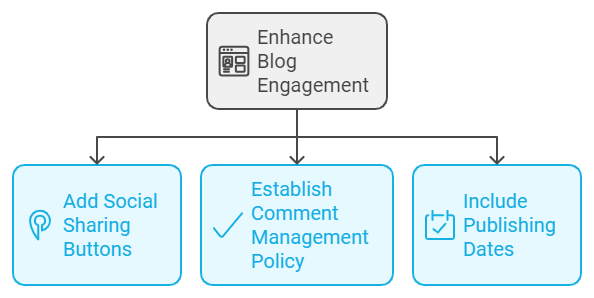
Week 8: Decide on an Internal Editorial Strategy
Maintain the quality and credibility of your blog by establishing an editorial strategy. This includes defining who will write and edit the content and setting editorial standards.
Action Steps:
- Assign writing responsibilities based on team strengths.
- Designate an editor to review all content before publication.
- Create a style guide for consistency in writing.
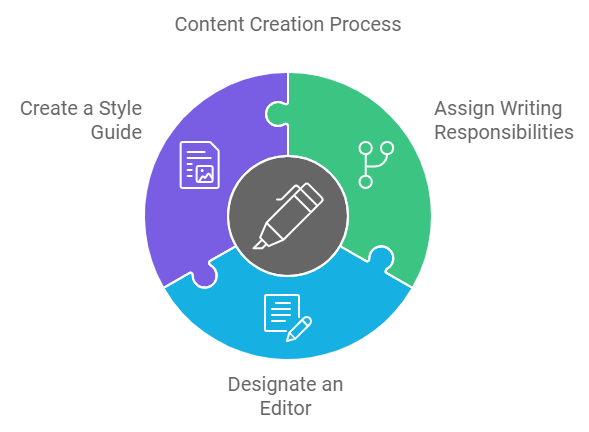
Week 9: How to Attract and Scale Traffic: SEO and Promotional Guidelines
To maximize your blog's reach, implement SEO strategies and promotional efforts.
SEO Tips:
- Conduct keyword research to identify long-tail keywords with low competition.
- Optimize each blog post for SEO, including meta descriptions and URLs.
- Promote your blog through social media, paid campaigns, and press releases.
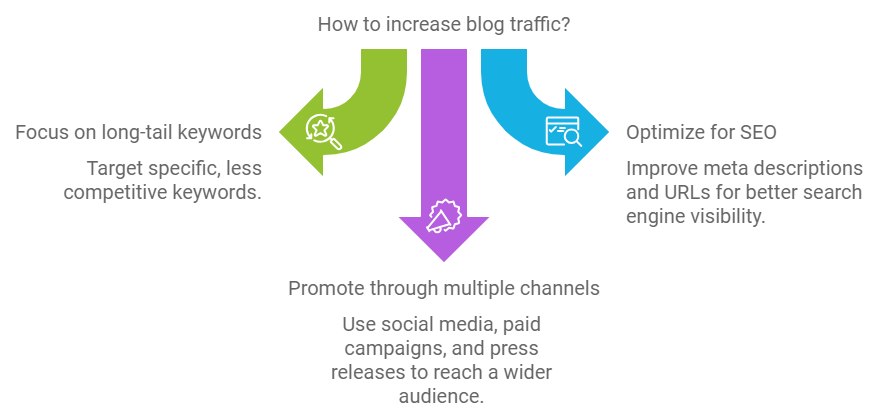
Week 10: Write Your First Posts
With everything in place, it’s time to write and publish your first blog posts. Focus on your evergreen content ideas and ensure your posts are engaging and easy to read.
Writing Tips:
- Use images, bullet points, and short paragraphs for readability.
- Link to other resources to provide additional value to your readers.
- Plan a promotional strategy for your launch day.
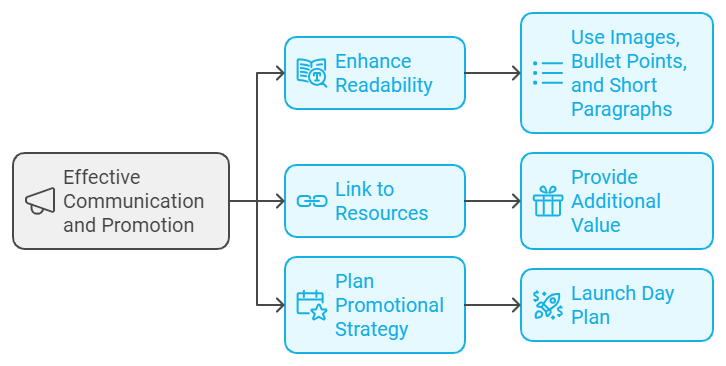
Measuring Success Post-Launch
After launching your blog, track key metrics to evaluate its success. Focus on page views, click-through rates, sources of traffic, and leads generated.
Key Metrics:
- Page Views: Measure how many visitors read your posts.
- Click-Through Rate (CTR): Analyze how many visitors click on links within your posts.
- Sources of Traffic: Identify which channels drive the most traffic to your blog.
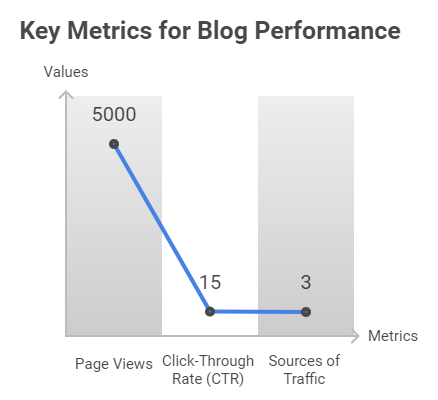
Conclusion: Things to Avoid
As you embark on your blogging journey, keep these dos and don’ts in mind:
Do:
- Test and adapt your content strategy over time.
- Keep blogging consistently, even if results are slow initially.
- Continue learning about blogging best practices.
Don’t:
- Stick with a CMS that doesn’t meet your needs.
- Neglect SEO and keyword research.
- Rely solely on organic traffic without promoting your posts.
By following this comprehensive guide, you’ll be well on your way to launching a successful blog that not only attracts visitors but also converts them into loyal customers. Happy blogging!